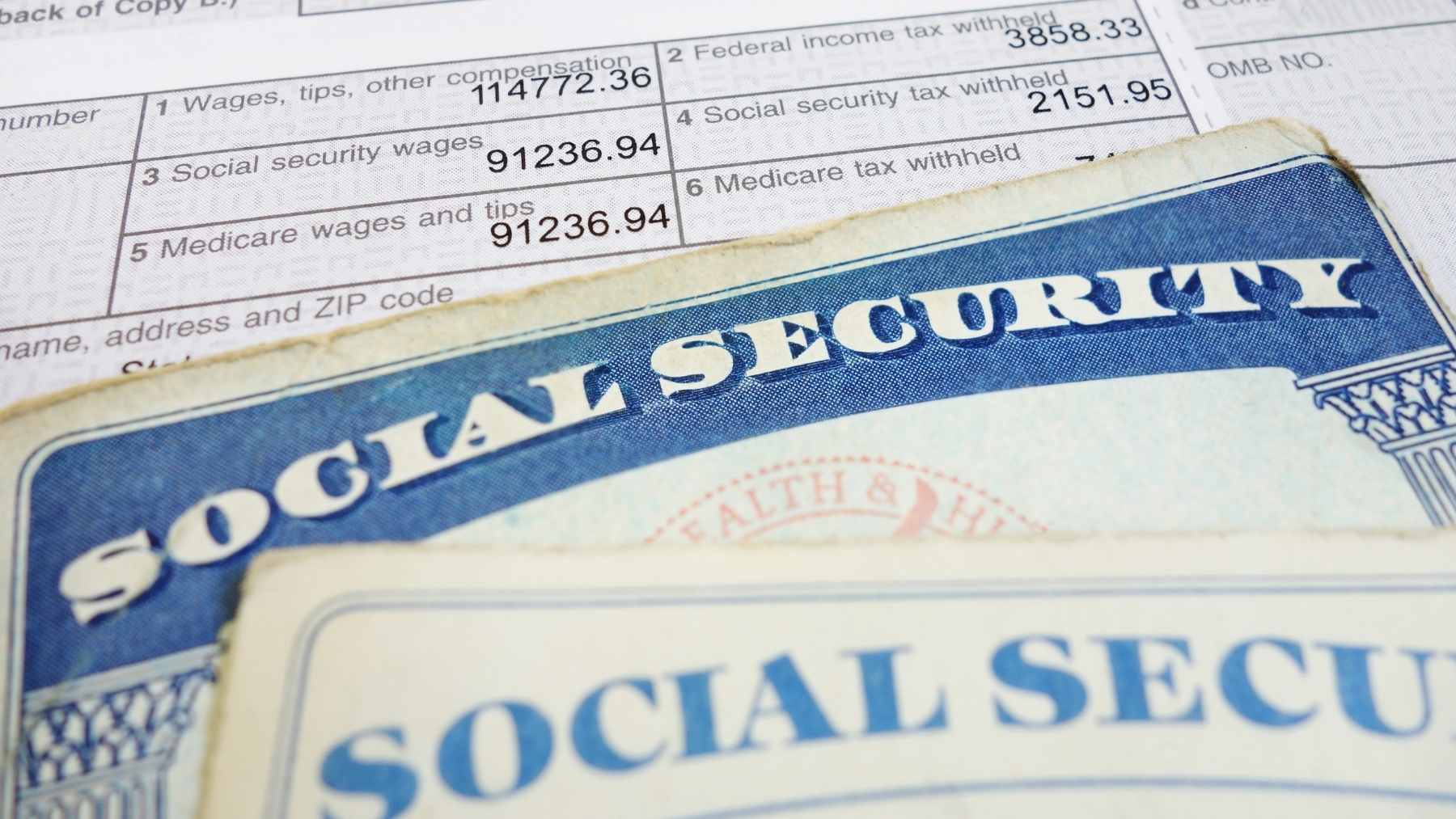Every month, millions of beneficiaries across the US receive their payments from the Social Security Administration (SSA). With the vast majority of these beneficiaries being retirees, the income from their SSA payments provides a vital resource to cover monthly expenses, and many of these retirees rely solely on their SSA benefits as their source of income. The next two most recent payment dates will see up to $5,000 being sent out to eligible beneficiaries.
When to expect your SSA benefits
Every month, the SSA sends out its benefits according to a timely and rigid schedule, which is both predictable and reliable for beneficiaries to structure their budgets around. When you receive your benefits payment depends on your birthdate, which SSA fund you receive benefits from, and whether or not you receive benefits from more than one SSA program. Typically, payments are made according to the following structure:
- The second Wednesday of the month: Birth dates between the first and 10th of the month.
- The third Wednesday of the month: Birth dates between the 11th and 20th of the month.
- The fourth Wednesday of the month: Birth dates between the 21st and 31st of the month.
However, these rules do not apply if you are a beneficiary who receives benefits from the Supplementary Security Income (SSI) program or if you claimed your benefits before May 1997. For SSI recipients, if you receive both SSI and retirement benefits, you are paid on the third of each month. Benefits are also paid out on the third of each month to beneficiaries who claimed before May 1997. If you only receive SSI benefits, you are paid on the first of each month.
Who qualifies for the SSA $5,000 payment?
SSA benefits across programs will differ among individuals. This is because the amount you receive from the SSA will vary depending on the program from which you receive benefits, the amount of income you receive from other sources, whether you have a disability or not, and the number of people in your household.
According to the Social Security payment schedule, July 9 (the second Wednesday of the month) is the SSA benefits payment date for beneficiaries whose birthdays fall between the 1st and 10th of any month. The next date is July 16 for those born between the 11th and 20th. Finally, the last date is July 23 for beneficiaries born between the 21st and 31st. These beneficiaries can receive a maximum Social Security payment of $5,108. To receive this maximum payment, there are certain requirements you must meet:
- You must have worked at paid SSA taxes for at least 35 years
- You must have earned at least 40 working credits
- You must wait to claim your benefits until you reach the age of 70
While you are allowed to claim your retirement benefits from as early as 62 years old, the SSA rewards individuals who delay their benefits with higher monthly payments.
These individuals will see their benefits raised this month
While usually once you claim your benefits, you cannot increase the amount, there are a select few individuals who may have noticed that their SSA benefits were increased at the start of the year, not owing to the COLA statistic. This rise in benefits is thanks to the Social Security Fairness Act, which was signed into law in January of this year and repeals the Windfall Elimination Provision (WEP) and the Government Pension Offset (GPO).
Beneficiaries who were affected by WEP and GPO will receive higher payments, as well as retroactive payments all the way back to January 2024, due to the reduced SSA benefits they received through these laws. WEP and GOP lowered the benefits of individuals, spouses, and widows or widowers who received a pension that was not subject to the SSA tax. Many of the beneficiaries who were affected by these two acts were teachers, firefighters, and other public-sector employees.
Disclaimer: This content is informational only and does not supersede or replace the SSA’s or IRS’s own publications and notices. Always verify any specific dates and amounts by following the direct links in our article to SSA.gov or IRS.gov, or by consulting your local SSA field office or tax professional.












